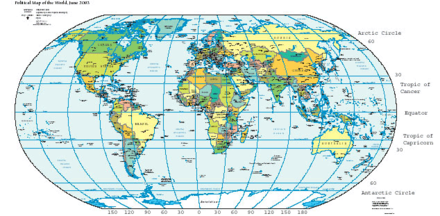
Summary
A recording format is a format for encoding data for storage on a storage medium. The format can be container information such as sectors on a disk, or user/audience information (content) such as analog stereo audio. Multiple levels of encoding may be achieved in one format. For example, a text encoded page may contain HTML and XML encoding, combined in a plain text file format, using either EBCDIC or ASCII character encoding, on a UDF digitally formatted disk.


In electronic media, the primary format is the encoding that requires hardware to interpret (decode) data; while secondary encoding is interpreted by secondary signal processing methods, usually computer software.
Recording container formats edit
A container format is a system for dividing physical storage space or virtual space for data. Data space can be divided evenly by a system of measurement, or divided unevenly with meta data. A grid may divide physical or virtual space with physical or virtual (dividers) borders, evenly or unevenly. Just as a physical container (such as a file cabinet) is divided by physical borders (such as drawers and file folders), data space is divided by virtual borders. Meta data such as a unit of measurement, address, or meta tags act as virtual borders in a container format. A template may be considered an abstract format for containing a solution as well as the content itself.
- Systems of measurement
- Film formats
- Audio data format
- Video tape format
- Disk format
- File format
- Meta data
- Text formatting
- Template
- Data structure
Raw content formats edit
A raw content format is a system of converting data to displayable information. Raw content formats may either be recorded in secondary signal processing methods such as a software container format (e.g. digital audio, digital video) or recorded in the primary format. A primary raw content format may be directly observable (e.g. image, sound, motion, smell, sensation) or physical data which only requires hardware to display it, such as a phonographic needle and diaphragm or a projector lamp and magnifying glass.


